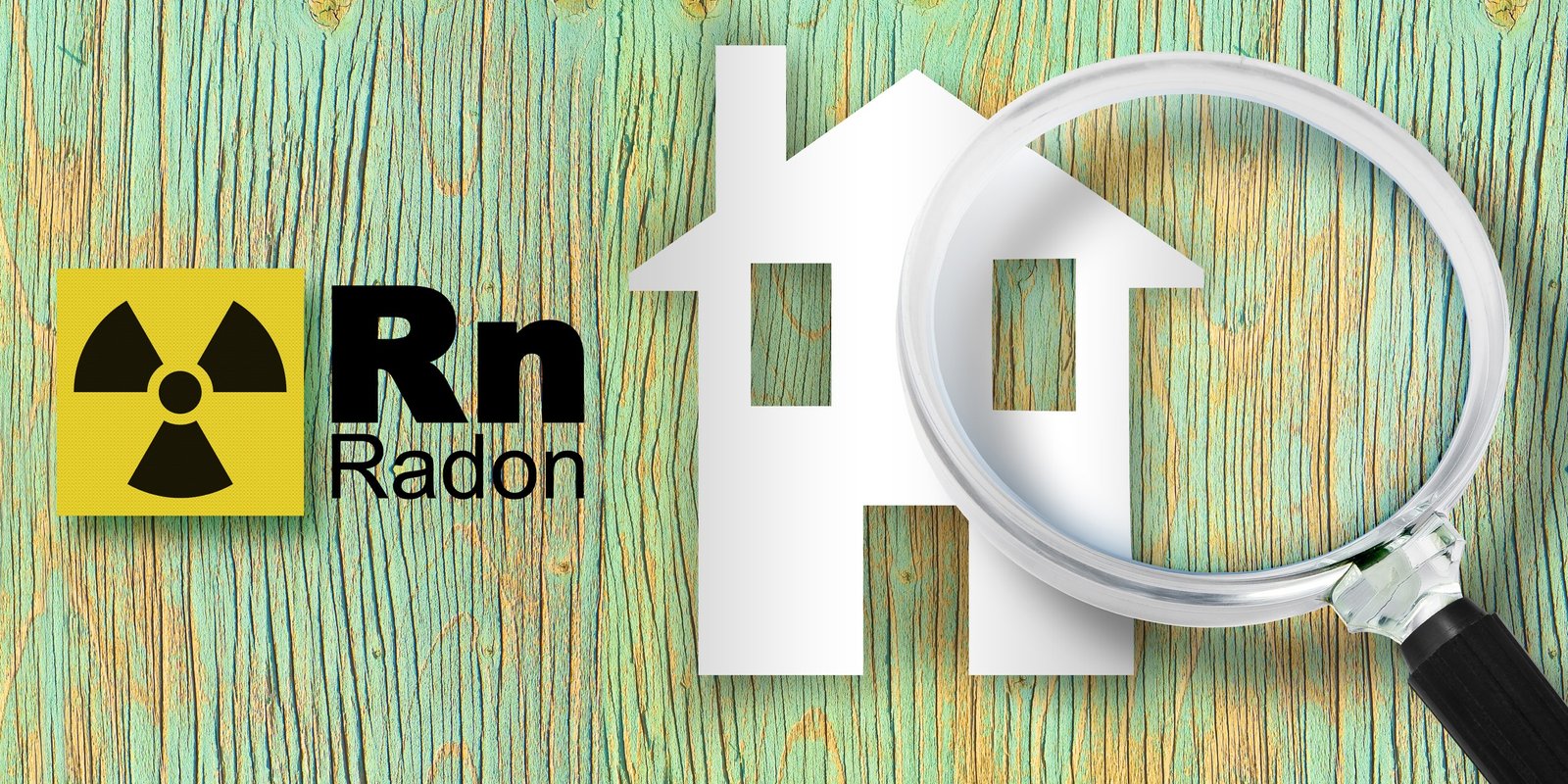Radon is a colorless, odorless, and tasteless radioactive gas that comes from the natural decay of uranium and is found in nearly all soils. The dangers posed by radon gas are significant.
According to the United States Environmental Protection Agency (EPA), radon is one of the leading causes of lung cancer, accounting for about 21,000 deaths every year.
In this article, we will guide you through the process of testing for radon, interpreting the results, and choosing the right mitigation strategies. By the end of this guide, you should be well-equipped to take the necessary steps toward ensuring a radon-safe home.
The Science Behind Radon Gas
Radon gas is a naturally occurring radioactive gas that emanates from the decay of uranium in the earth’s crust. It easily penetrates materials like paper, gypsum board, concrete blocks, and mortar.
The process through which radon enters homes is largely driven by the differences in air pressure between the inside of a home and the soil surrounding it. Typically, the air pressure inside a home is lower than the pressure in the soil, creating a vacuum that pulls radon gas into the home through cracks and other openings in the foundation.
As Affordable Environmental Services states, if you have radon in your home, you probably don’t even know it yet. Remember, there are no funky smells to warn you of its presence.
Once inside, radon can accumulate to harmful levels if there isn’t adequate ventilation. The health implications of exposure are grave, with lung cancer being the predominant concern.
When inhaled, radon decay products become lodged in the lining of the lungs, where they radiate and damage surrounding lung tissue, potentially leading to lung cancer. Regions with historically high radon levels include Iowa and the Appalachian Mountains.
Current Legislation and Guidelines
Regulations surrounding radon gas vary considerably across different regions. In the United States, the EPA recommends homeowners take action to reduce radon levels in homes that have a radon level at or above 4 picocuries per liter (pCi/L) of air.
While this level is not a mandatory action level, it serves as a guideline to prompt radon mitigation efforts, often conducted by radon protection services. The World Health Organization (WHO) suggests a reference level of 2.7 pCi/L to minimize health hazards due to radon exposure, which is a more conservative threshold compared to the EPA’s.
Legislation and guidelines are instrumental in setting a baseline for radon safety, but they also reflect the challenges inherent in managing a naturally occurring, invisible, and odorless gas.

In this context, radon protection services are pivotal in navigating these complexities, offering expertise in adhering to local regulations and guidelines. Homeowners should stay updated with the existing laws and guidelines concerning radon in their region and engage professional services to ensure a safe living environment.
This proactive approach will not only comply with local regulations but also contribute significantly to the collective effort to minimize the health risks associated with radon exposure.
Testing for Radon in Your Home
Testing for radon is the first step in understanding and managing the risk in your home. Numerous radon protection services offer radon testing, employing either short-term or long-term tests.
Short-term tests are beneficial for a quick assessment, often carried out over a few days, while long-term tests provide a more accurate measure of average radon levels, spanning across seasons.
Conducting a radon test involves placing a radon detector in the lowest lived-in level of the home, where radon exposure is likely highest. Radon protection services usually provide detailed guidelines on how to conduct the test. This includes where to place the detectors, how long to leave them in place, and how to send them for analysis.
The results from these tests are crucial in determining the extent of radon exposure and the necessity for mitigation. According to the CDC, the average indoor level of radon is about 1.3 picocuries per liter. Outside your home, the level can be 0.4 pCi/L. Homeowners are encouraged to conduct radon tests regularly, especially after home renovations or other significant changes to the home’s structure.
Radon Mitigation Strategies
Mitigating elevated levels of radon entails the installation of mitigation systems, often carried out by professional radon protection services. Common radon mitigation strategies include soil suction radon reduction systems.
These systems can be installed in various configurations, depending on the design of the house. Selecting a mitigation method will naturally require a thorough understanding of the home’s structure and the extent of radon exposure.
Radon protection services offer consultations to homeowners, providing insights into the most suitable mitigation solutions based on the specifics of the home. They ensure the chosen method not only reduces radon levels but also maintains them at a safe threshold over time.
The cost of radon mitigation can vary depending on the complexity of the installation and the level of radon reduction required. Homeowners may find the investment justified, considering the health risks associated with radon exposure.
Conclusion
The journey towards a radon-safe home requires a well-informed and proactive approach. Homeowners have a critical responsibility to ensure that they combat radon exposure as quickly as possible.
Thankfully, the plethora of resources available empowers homeowners to take meaningful action when required.






